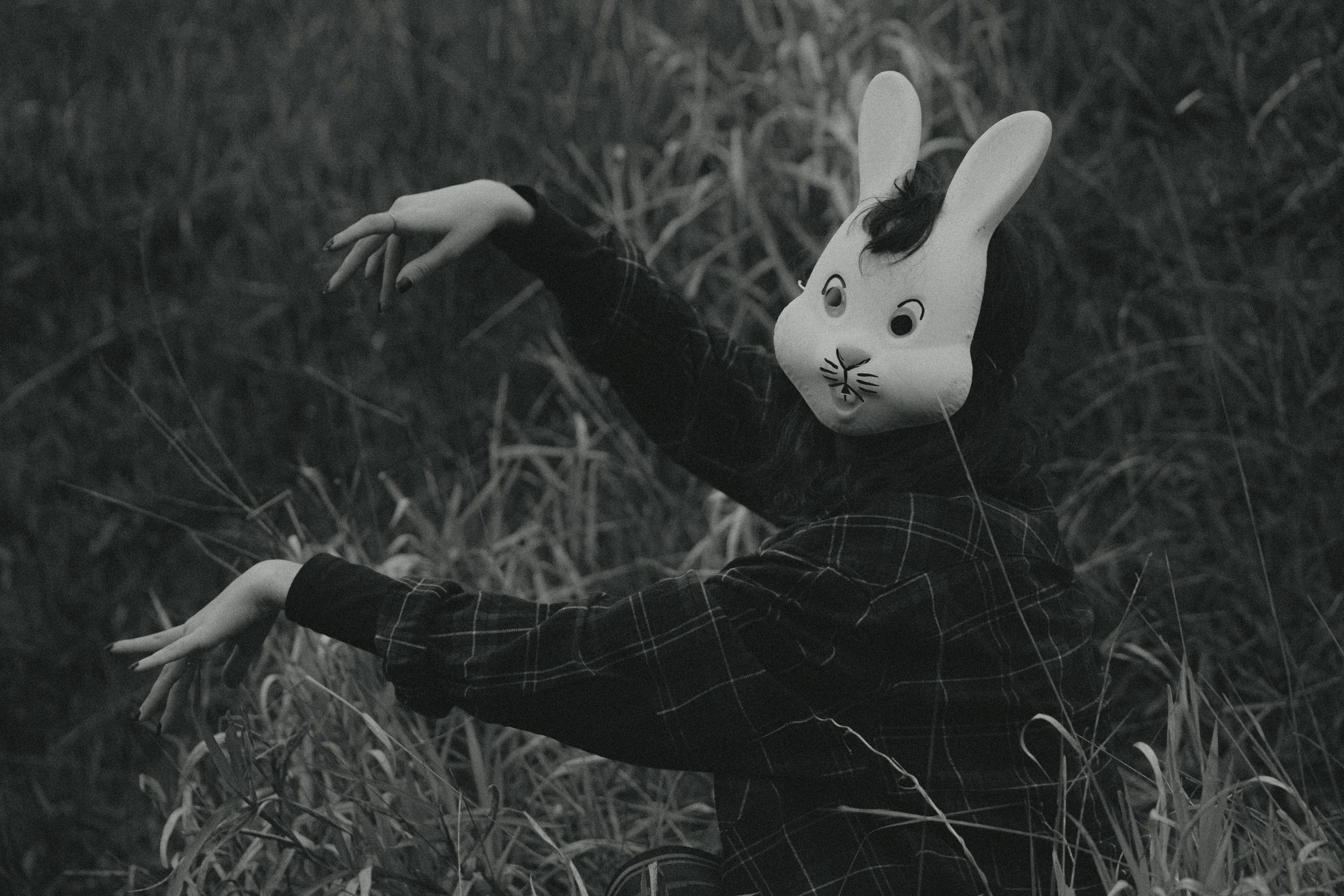Nature never fails to surprise us with its creativity. From deep-sea creatures that glow in the dark to land-dwelling animals with bizarre adaptations, the animal kingdom is full of species that seem straight out of a science fiction movie. If you think you’ve seen it all, think again! Here are some of the most bizarre and unbelievable real animals that actually exist on our planet.
The Axolotl: The Eternal Baby
Meet the axolotl, a Mexican salamander that defies the rules of growing up. Unlike most amphibians, the axolotl spends its entire life in its larval form, retaining its gills and aquatic lifestyle. This unique trait, called neoteny, makes it look like a forever-young creature with a cute, almost smiling face.
But that’s not all—axolotls are masters of regeneration. They can regrow entire limbs, spinal cords, and even parts of their brains! Sadly, these fascinating creatures are critically endangered in the wild due to habitat loss and pollution.
The Blobfish: The World’s “Ugliest” Animal
If you’ve ever seen a picture of the blobfish, you might have wondered if it was a prank. This deep-sea dweller looks like a gelatinous blob with a droopy face, earning it the title of the world’s ugliest animal. But there’s a reason for its unusual appearance.
Living at depths of up to 4,000 feet, the blobfish’s body is adapted to extreme pressure. Its jelly-like flesh allows it to float just above the seafloor without expending energy. When brought to the surface, the lack of pressure causes its body to collapse, giving it that infamous saggy look.
The Aye-Aye: Nature’s Creepy Handyman
Native to Madagascar, the aye-aye is a lemur with a set of features that make it one of the strangest primates on Earth. With its large, bulging eyes, bat-like ears, and long, skeletal middle finger, the aye-aye looks like a creature from a horror movie.
But this odd finger is a brilliant tool. The aye-aye uses it to tap on trees, listening for hollow sounds that indicate insect larvae inside. Once it detects prey, it gnaws a hole and fishes out the larvae with its elongated digit. Despite its usefulness, the aye-aye is often considered bad luck in Malagasy folklore, putting it at risk from superstitious hunters.
The Narwhal: The Unicorn of the Sea
For centuries, sailors told tales of unicorns roaming the oceans. Turns out, they weren’t entirely wrong—the narwhal is the real-life inspiration behind these myths. This Arctic whale sports a long, spiral tusk that can grow up to 10 feet long.
Contrary to popular belief, the tusk isn’t a horn but an elongated tooth packed with nerve endings. Scientists believe narwhals use it to sense changes in their environment, such as temperature and salinity. Some even suggest males use their tusks in mating displays, making it one of nature’s most fascinating dental adaptations.
The Star-Nosed Mole: The Fastest Eater on Earth
If you thought your sense of touch was sharp, wait until you meet the star-nosed mole. This small, burrowing mammal has a nose unlike any other—a fleshy, star-shaped appendage with 22 tentacle-like rays covered in thousands of sensory receptors.
This bizarre nose isn’t just for show. The star-nosed mole uses it to detect and devour prey in record time—it can identify and eat food in as little as 120 milliseconds, making it the fastest forager in the animal kingdom. Living in wetlands and marshes, this mole is a true marvel of evolution.
Conclusion
The animal kingdom is full of wonders that challenge our imagination. From the axolotl’s regenerative powers to the narwhal’s mythical tusk, these strange but real animals remind us how diverse and extraordinary life on Earth can be. Next time you think you’ve seen it all, remember—nature always has another surprise up its sleeve.
